A day in the tidal pools with the Three Seas Program

Tara Duffy looked on as a handful of her students waded through tidal pools at the Marine Science Center in Nahant, Massachusetts, searching for algae and invertebrate creatures. It was a sunny day in February, with the kind of weather that arrives in New England to remind you to keep the faith, spring is just around the corner.
Duffy and her students, all part of the Three Seas Program at Northeastern University, were making the most of the mild weather on Tuesday to do the kind of hands-on learning the program is known for. They dissected squid in a lab that housed half as many students as usual—a measure to mitigate the spread of COVID-19 by allowing for more distance between people. Then, they went outside to inspect the tidal pools along the coast. Everyone was wearing a mask (and some people were wearing two).

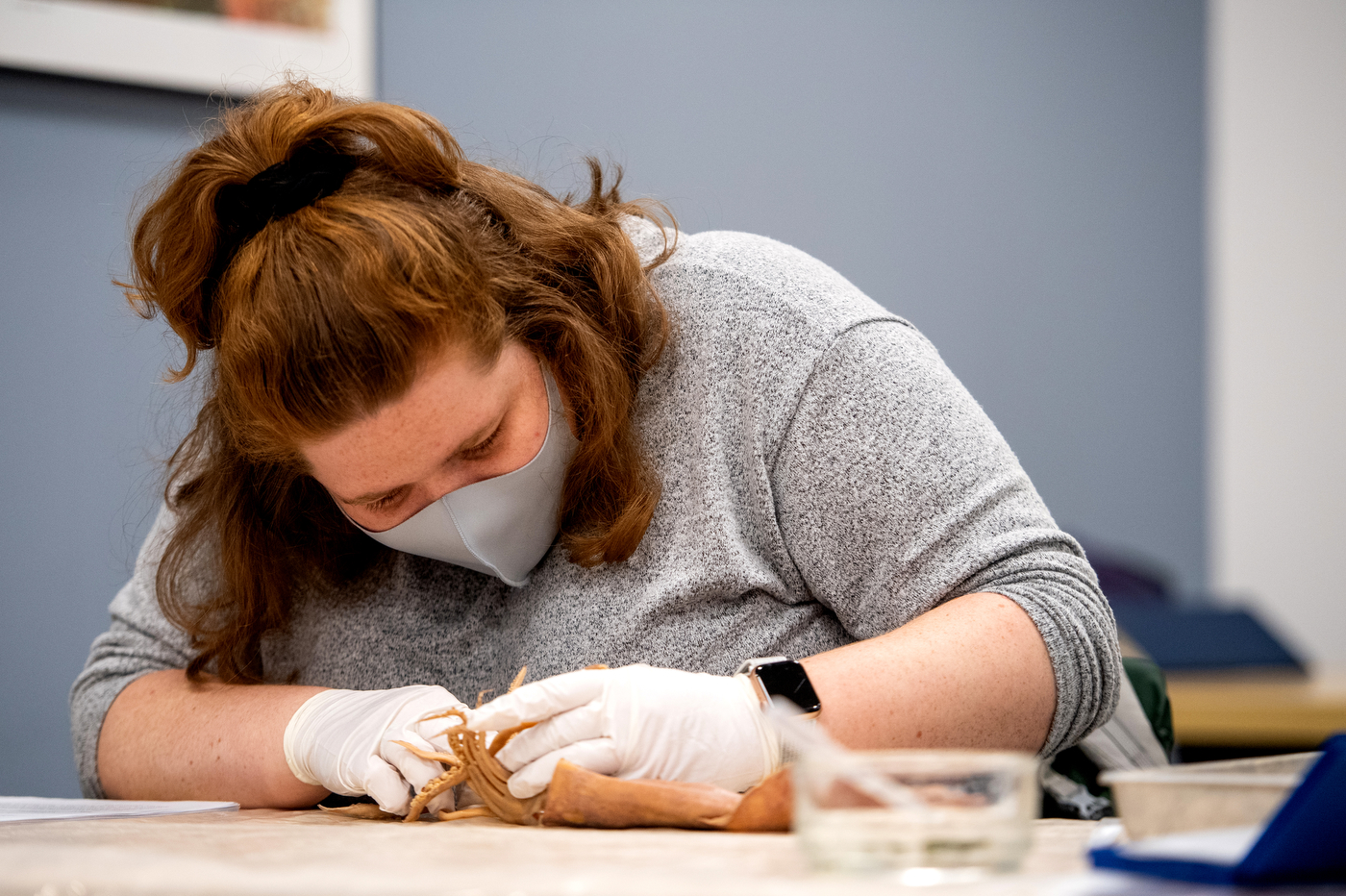
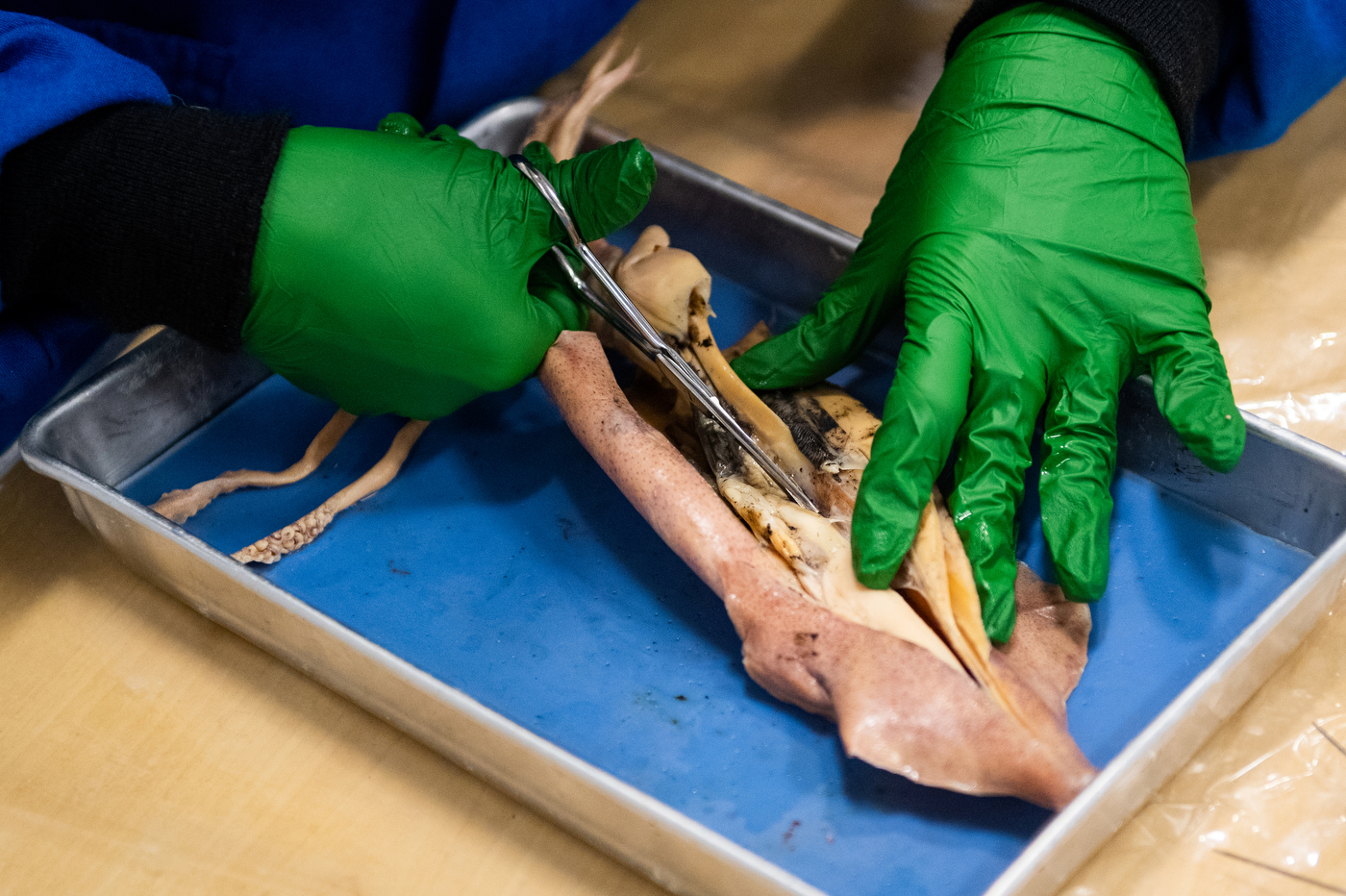
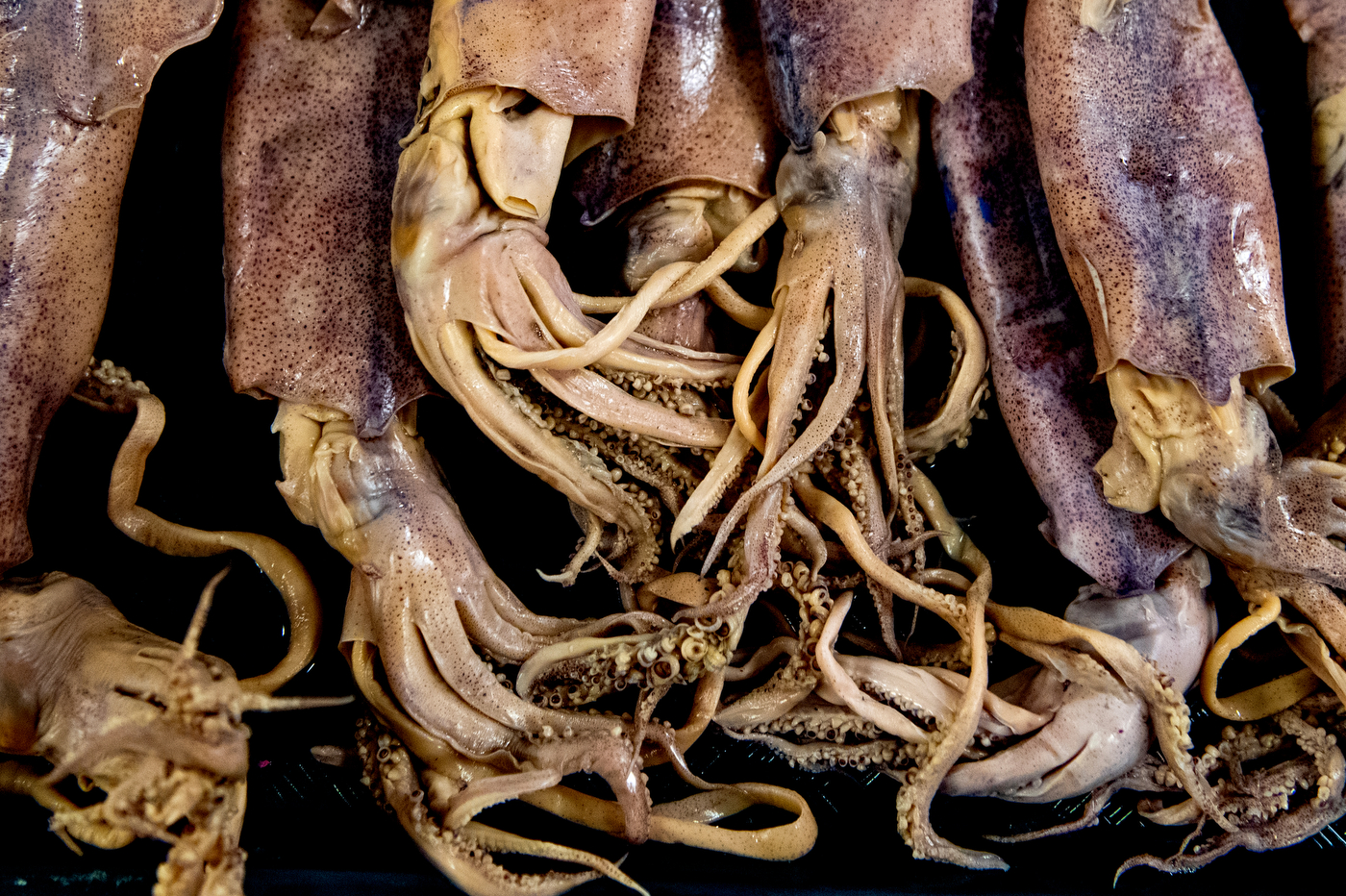
“This year we’ve been working really hard to figure out ways for students to get in as much lab work as possible so that they can get the full experience of this program,” said Duffy, associate teaching professor of marine and environmental sciences who was leading a course on marine invertebrate zoology and botany on this particular day.
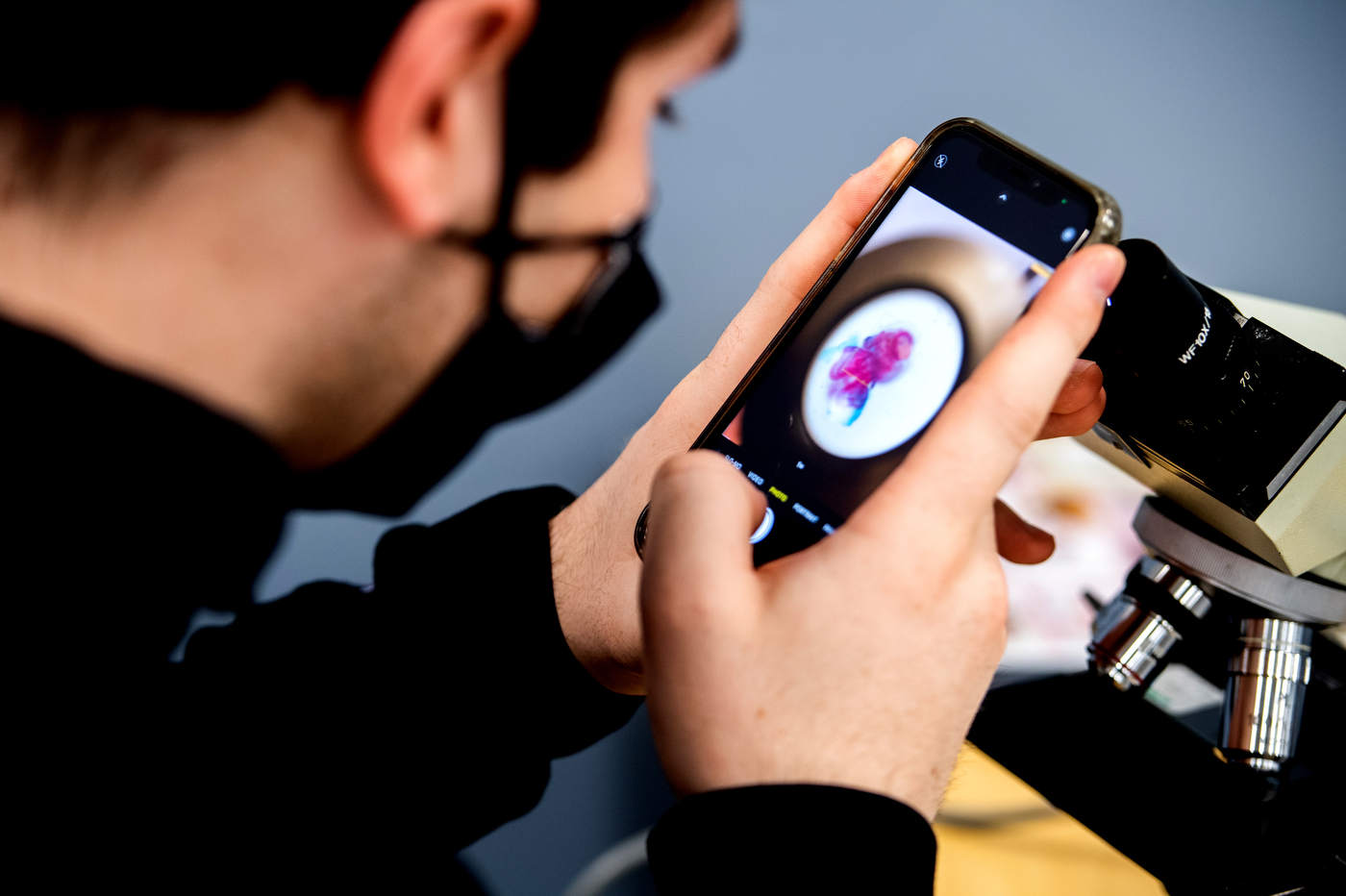
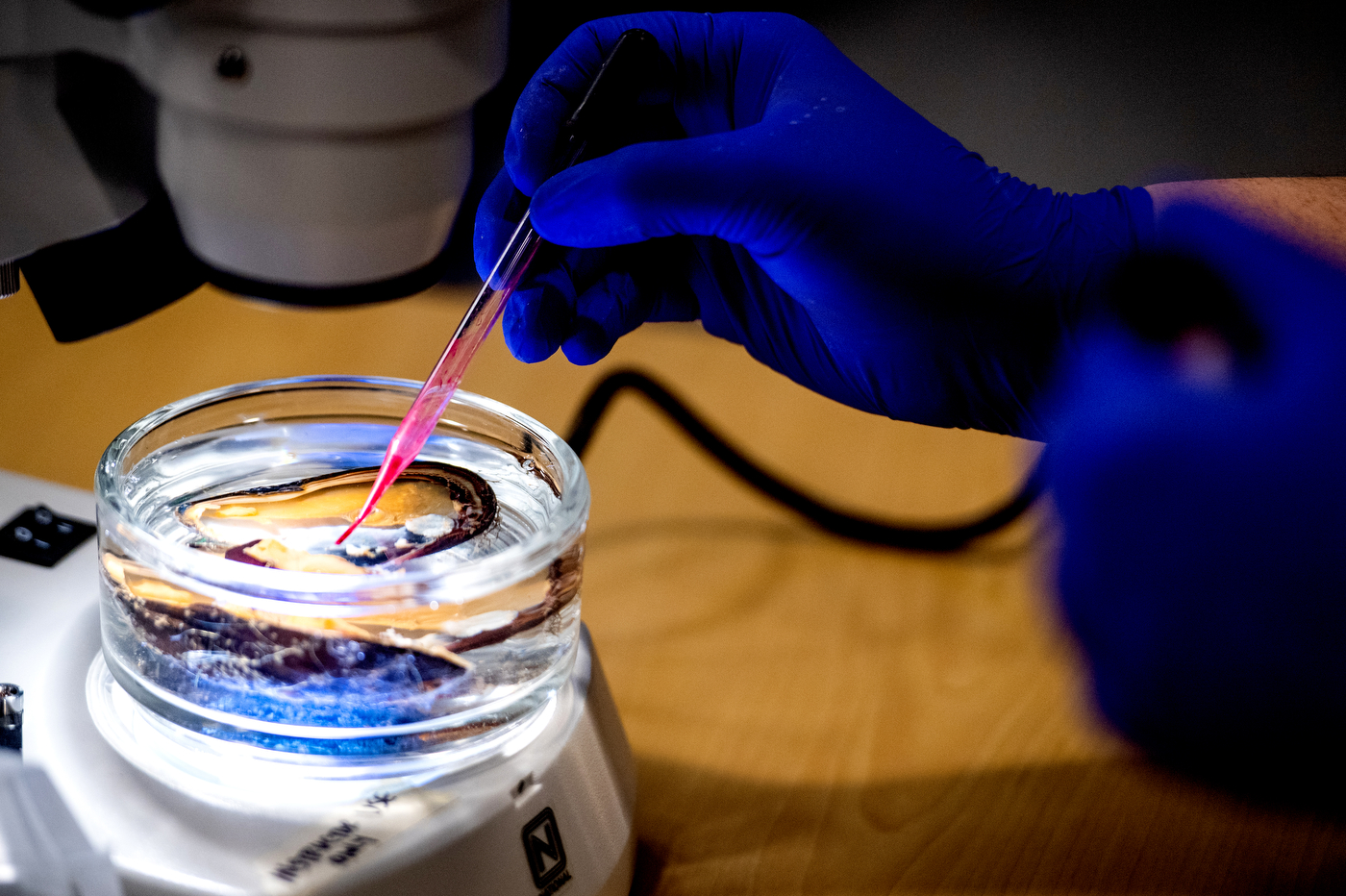
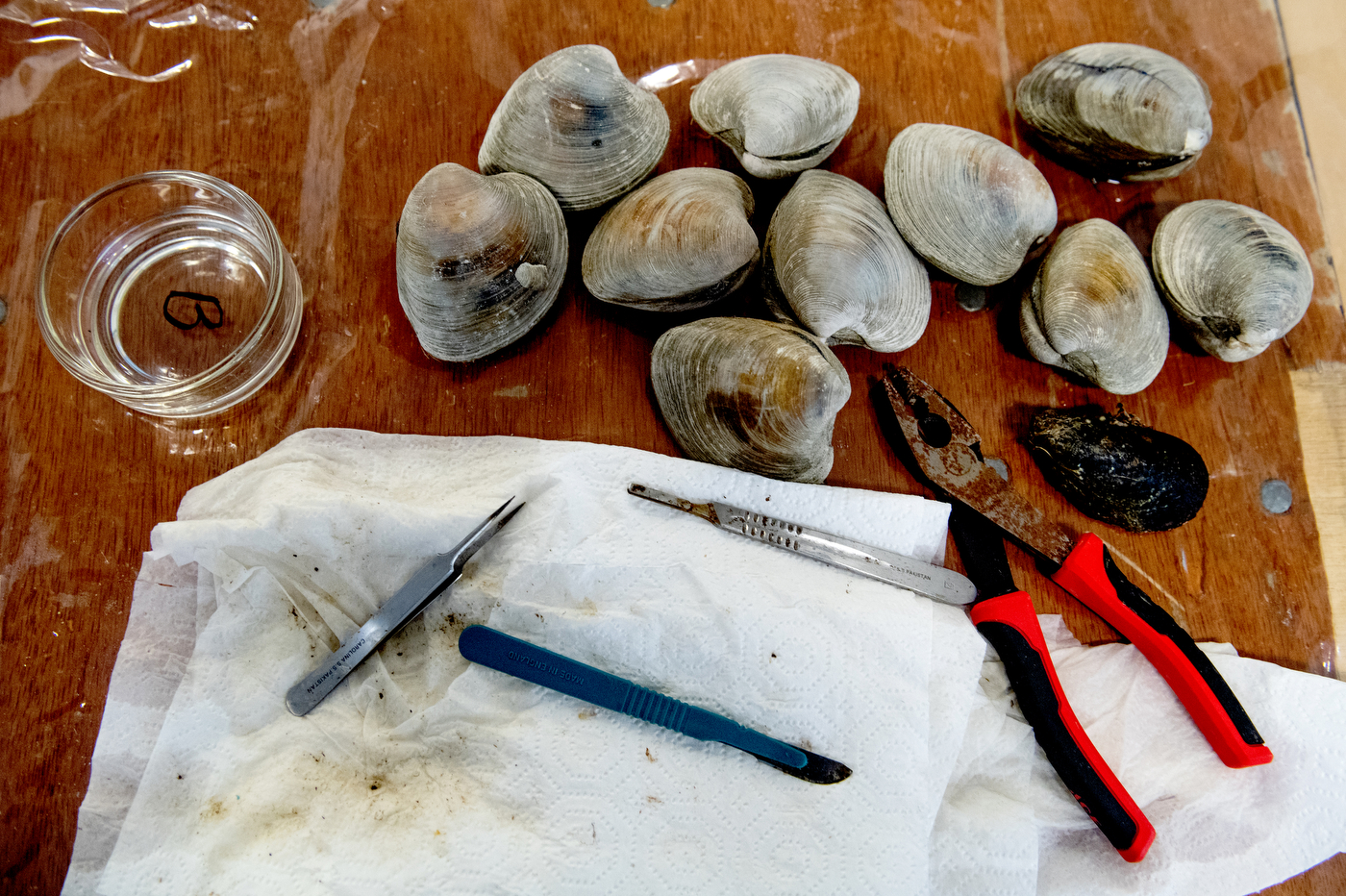
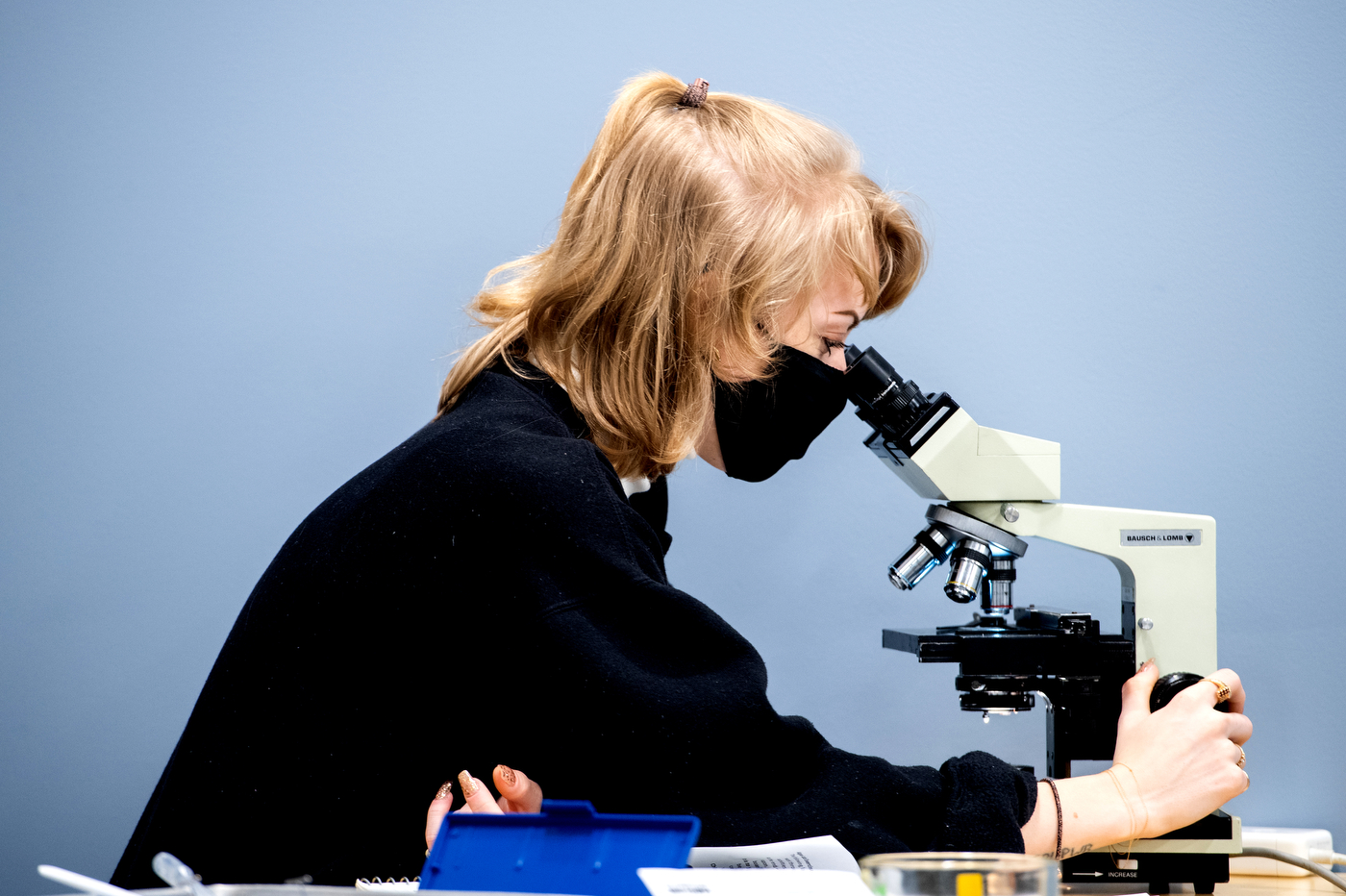
Students in the program typically spend a year studying three different marine environments around the world: the Northeast Atlantic, from the coast of Massachusetts; the Caribbean Sea, from the coast of Panama; and the Pacific Northwest, from the coast of Washington.
This year, because of changes necessitated by the COVID-19 pandemic, students in the program were split into two “pods,” Duffy said. Half the students participate in lab work while the other half learn remotely, then they switch. Students complete two classes worth of lab work each time they are in the field.
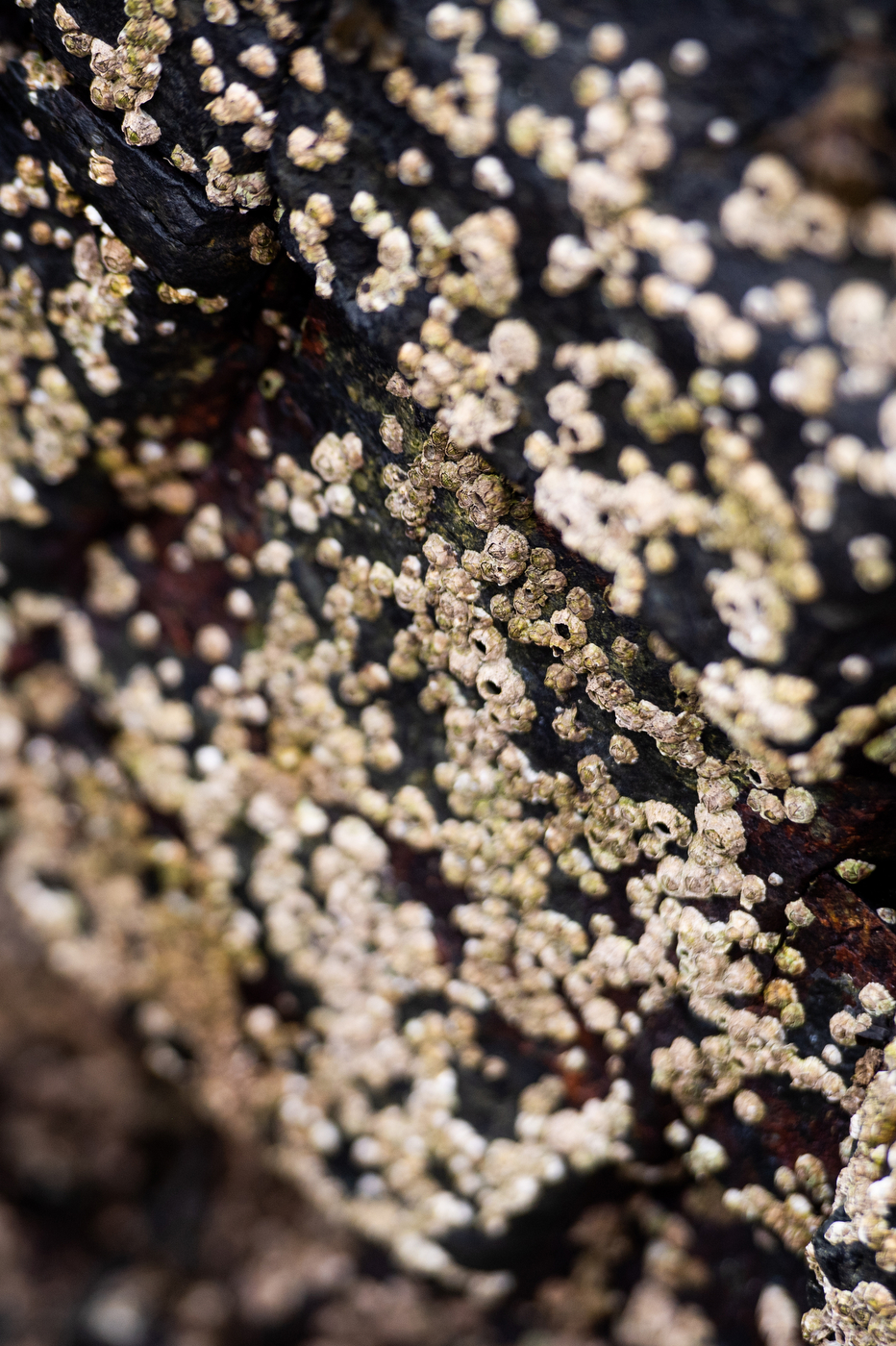
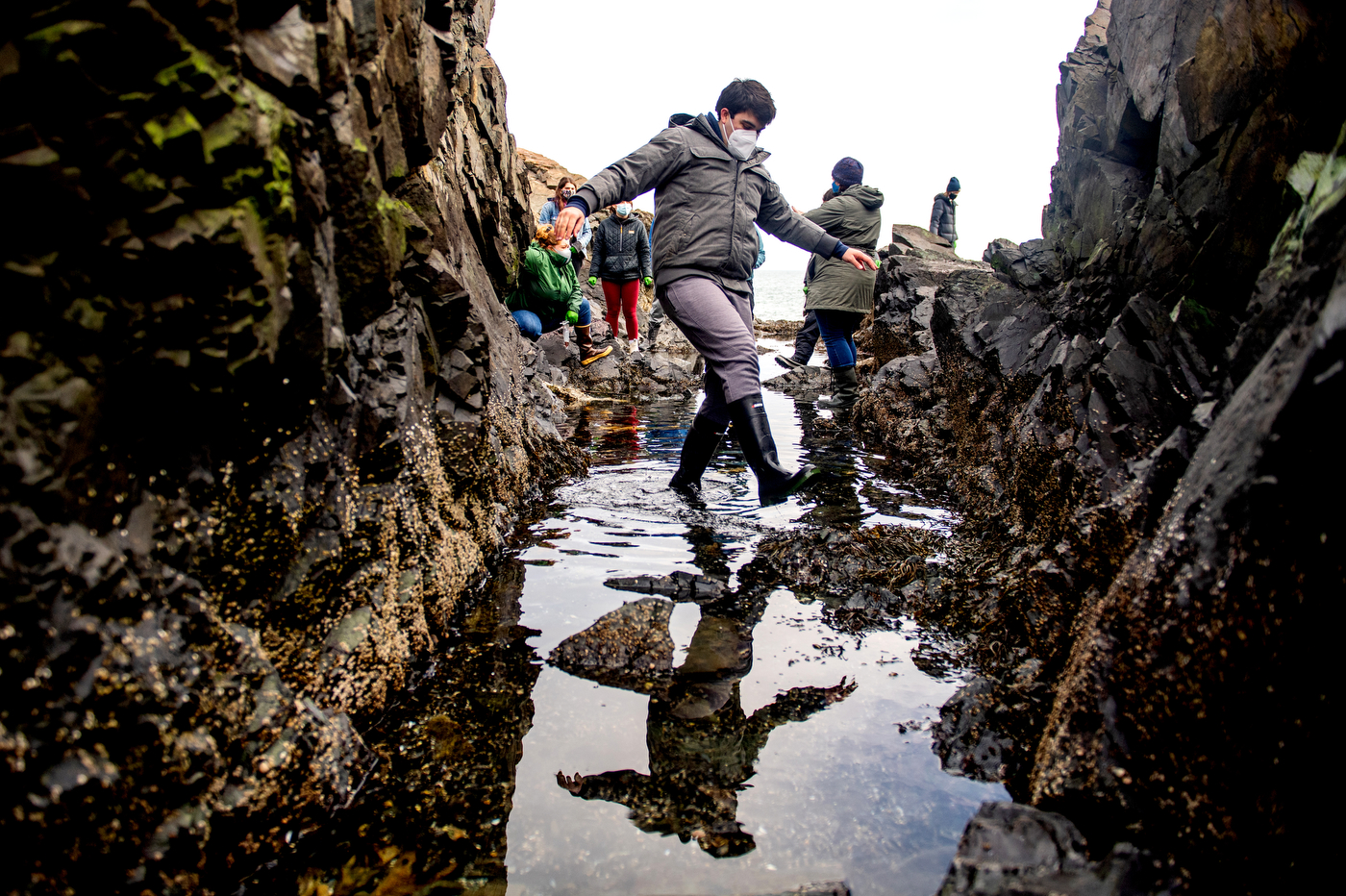

Lizzy Soranno, a fourth-year student studying marine biology, was among those in the field, and said that the ability to learn at the Marine Science Center had been “fantastic.”
“Compared to sitting in my room in front of a computer all day, this is awesome,” said Soranno, who had collected several types of algae from the shallow tidal pools that formed during low tide.
“I think it’s much easier to learn while doing—when I see an algae sample in real life, I can remember it better than if I’d just seen it on a screen,” she said.
Soranno was participating in one of the university’s PlusOne programs, which means she’ll earn both her bachelor’s and master’s degrees in five years at Northeastern. She said she plans to enroll in a doctoral program after that, and eventually use her education to study deep sea sharks.
“There is so much about the deep sea that hasn’t even been explored yet; I think it would be the wildest thing to be able to do that every day,” she said.


Ana Mongil, a third-year student of marine biology and photography, was also in the class. She shared Soranno’s appreciation for the opportunity to be outside, learning in person.
“Things just look different in person than they do online,” she said.
An avid scuba diver, Mongil said she’s been interested in marine life almost as long as she could remember.
As she considered what might be next for her, after graduation, she looked up and spotted a bald eagle soaring over the Atlantic coastline. She and Soranno (and two News@Northeastern staff) exclaimed with delight.
“I mean, I definitely wouldn’t have seen that at home,” Mongil said, with a laugh.
For media inquiries, please contact media@northeastern.edu.





